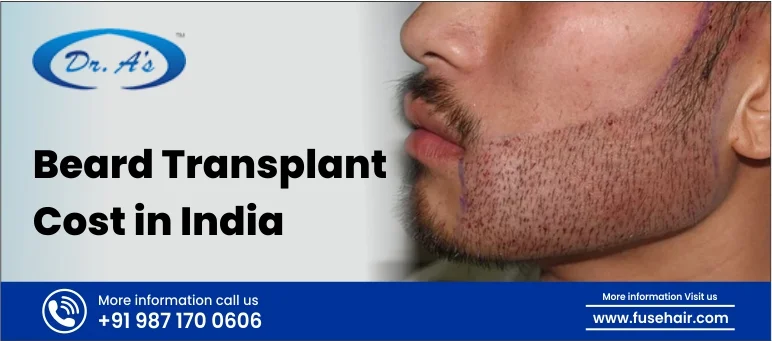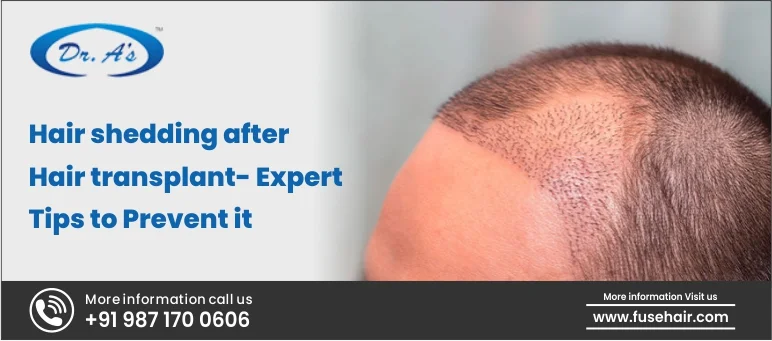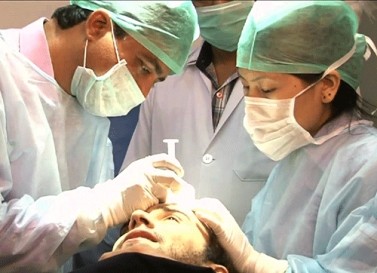
Hair loss is a widespread issue for women and the loss of female pattern hair can be really upsetting. Although it is usually thought that hair transplants are mainly for men, the developments in medical technology have made hair restoration a choice for women too. If you are thinking of going for a female hair transplant, it is a must to know the working of the procedure, its efficacy, and the patient care before and after the surgery.
Understanding the Hair Loss in Women
Female pattern baldness or androgenetic alopecia is the loss of hair over the entire area of the scalp with gradual thinning of hair rather awkwardly at the crest and parting. In contrast to men, women, however, do not go completely bald but a bit thinner which could become a bit harder to hide over time. Among other factors, this condition is brought about by heredity, hormones, getting older and certain diseases.
Are Transplants of Hair for Women a Possibility?
Yes, in the case of female pattern baldness, hair transplants can be a solution. In the process, hair follicles are moved from the area with dense hair to the area with thinning or bald spots. The medical community has devised methods like Follicular Unit Extraction and Follicular Unit Transplantation to carry out the procedure.
Moreover, not every woman is a good candidate for this treatment. The best candidates usually possess:
Stable hair loss: All hair shedding should be under control.
Sufficient donor hair: There should be enough healthy hair follicles in the area from where hair will be taken.
Real prospect: The patient should be aware that results will differ and may need several sessions.
Hair Transplant for Women: What to Await
Before the Procedure:
Consultation: A detailed examination of your hair loss pattern, medical history, and expectations to facilitate the process
Preoperative Instructions: The directives concerning the use of medications, care of hair, and changes in lifestyle to make ready for surgery will be given to you.
During the Procedure:
Numbness: Local anesthesia is given to numb the area of the scalp.
Follicular aspiration: The hair follicles are taken from the donor region.
Implantation: The follicles are placed with great care in the areas that are thinning.
After the Procedure:
Recovery: You should be prepared for some redness, swelling and scabbing in the areas that have been treated.
Hair Shedding: Transplanted hair may fall out in the first few weeks; this is a normal occurrence.
Growth: Hair growth will usually start in 3-4 months and after 9-12 months, the full effect will be seen.
Female Hair Transplant Cost in India
One of the main benefits of choosing a hair transplant surgery in India is great value for money. The female hair transplant cost in India depends on various factors such as the technique of hair transplant, the degree of baldness, and the clinic’s reputation.
Per Graft Cost: The cost is approximately ₹20 to ₹300 per graft and this is the average range. One graft usually consists of 1 to 3 hair follicles.
Total Cost: The overall cost might be ₹60,000 to ₹90,000 for a surgery involving 3,000 grafts, not including the costs of medications, and post-care which are additional.
India’s major cities like Delhi, Jaipur and Mumbai have the best clinics and a wide range of hair restoration services at a competitive price.
Hair Transplant Before and After India
India has a number of success stories proving the positive impact of hair transplants upon women. Clinics usually show before and after photos to illustrate the possible results. These pictures can be a good way of realizing the hopes and seeing the outcomes by being less blind about them.
Yet, it is very important to be careful when it comes to these images. Individual factors might affect the results and not every picture might show a typical outcome. Make sure you talk to a skilled surgeon and look at many case studies before making your choice.
Conclusion
A female hair transplant indeed can change the life of the women who are suffering from pattern baldness. The procedure does promise good results but it is necessary to see a certified surgeon to check whether you are qualified or not. Having good knowledge about the costs, possible results and recovery will make your decision easier.
In case you are thinking about getting a hair transplant, spend sufficient time looking for clinics, going through patient reviews and book meetings to select the one that meets your requirement the most. Besides, getting your hair back can also mean getting your self-esteem back.





























































































































































































